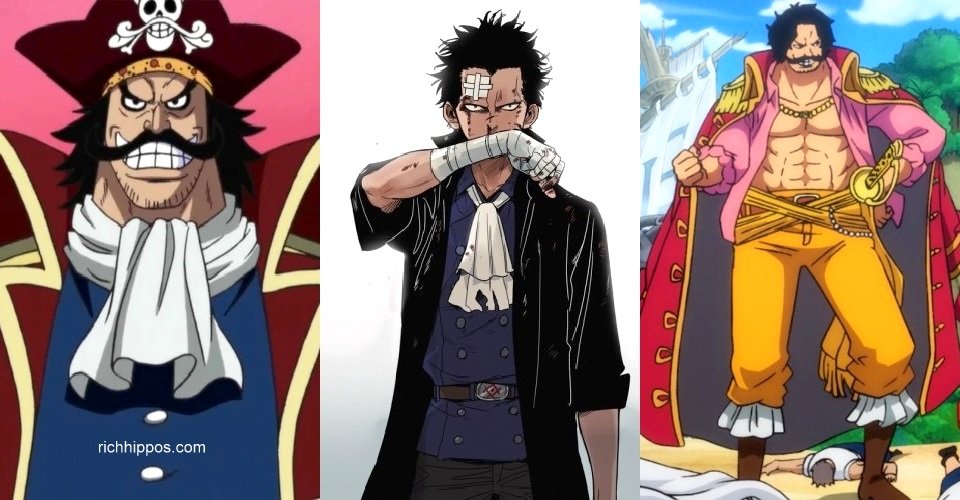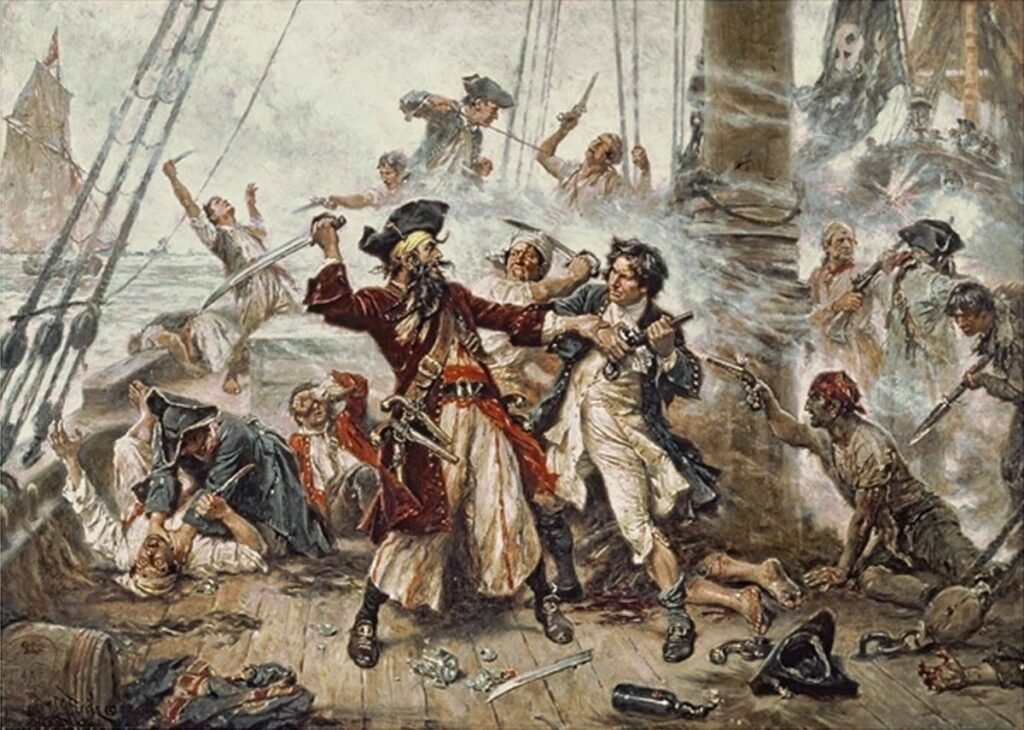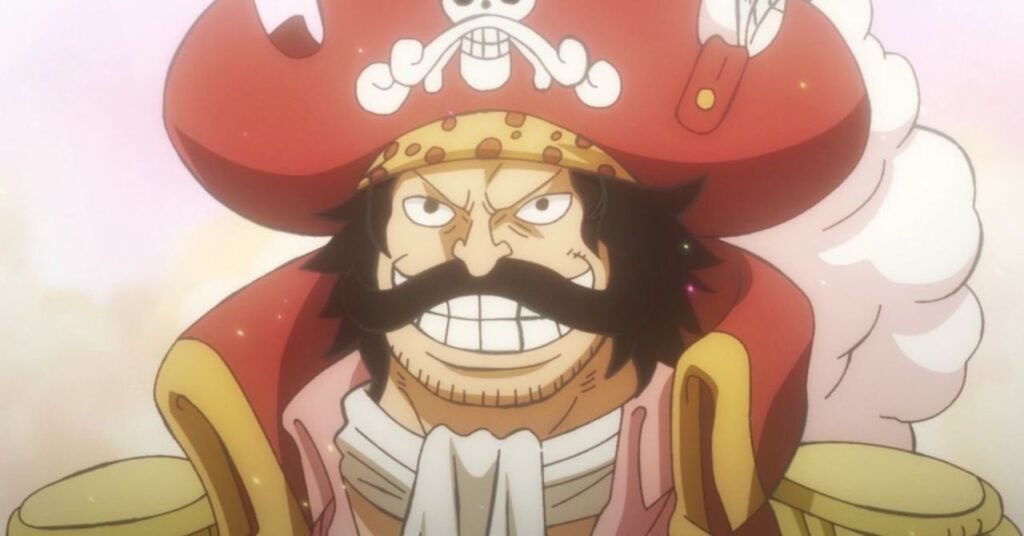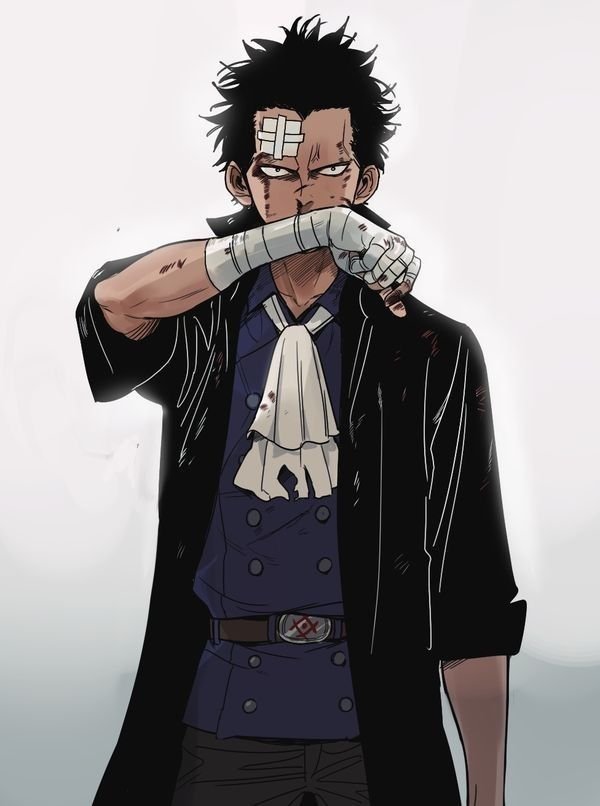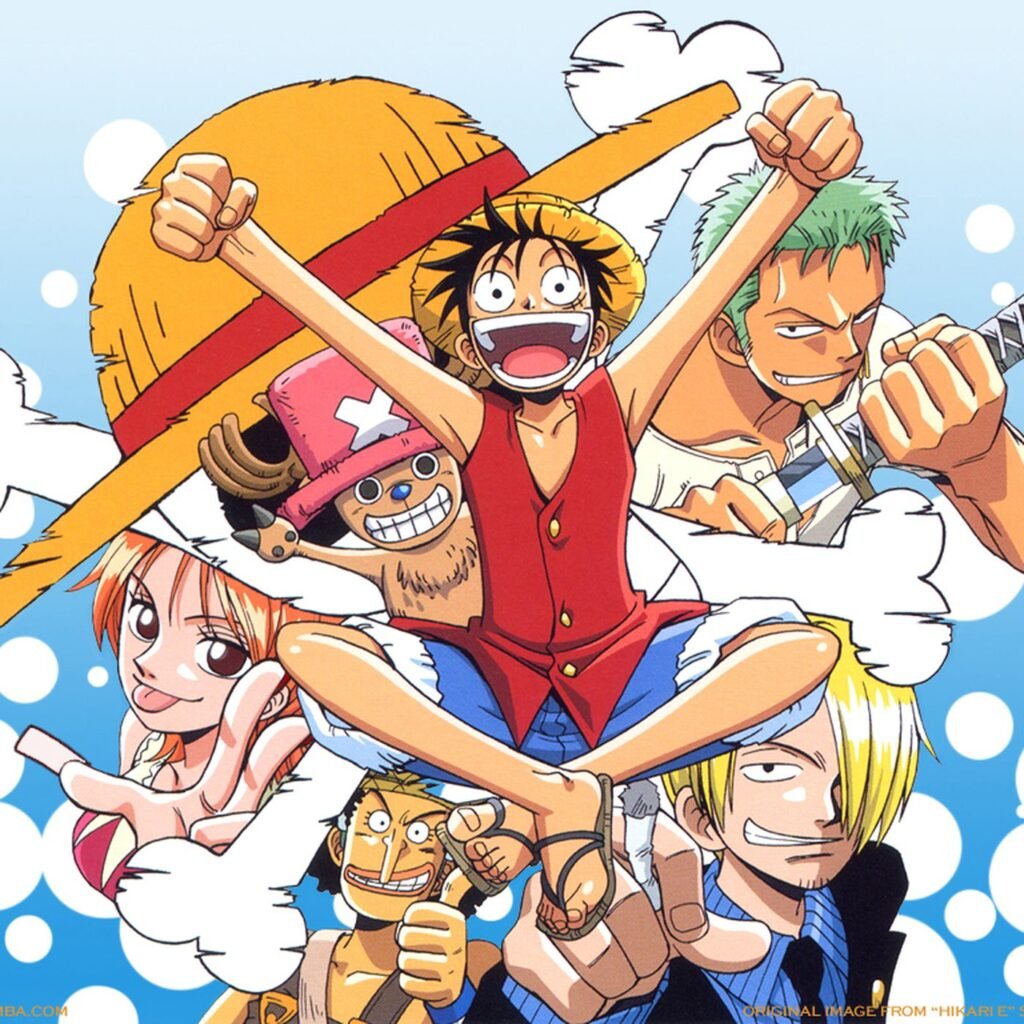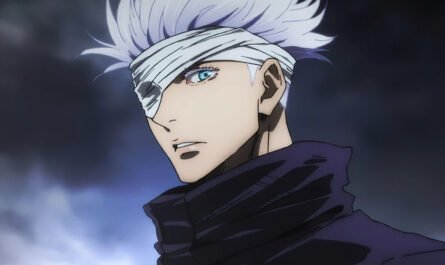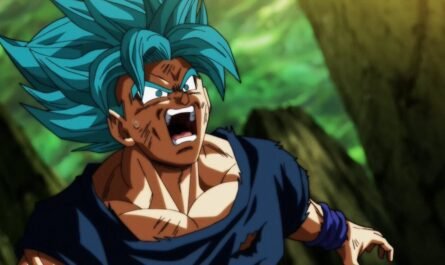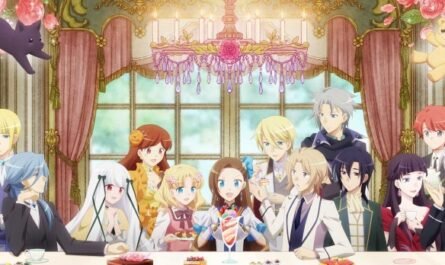Even to the present day, views on piracy have tended towards two sides. On one side, pirates are, by virtue of their criminal maritime activities, regarded as bandits, brutes, and thugs of the seas, raiding civilians on the ocean and shore, robbing innocents of their lots and lives. On the other, pirates are almost endlessly romanticized: literary classics like Treasure Island feature pirate protagonists, kids dress up in crossbones-skull eye-patches and tricorn caps for Halloween, numerous sports teams lift their namesakes from “pirate” or related terms, a couple of Disney’s most iconic media franchises and amusement attractions are pirate-themed, and a certain VTuber from Hololive with more than a million subscribers uses a pirate avatar. Finally, the bestselling manga series of all time is about a young man who wants to become the Pirate King; more so than ninja or reapers from millennia past, it is One Piece and its tale of pirate romanticism that stands tall atop the shounen manga summit.
While the creative artistry and storytelling chops of Eiichiro Oda is one reason that made One Piece such a beloved series, another significant factor is the modern appetite and affection for pirates. What’s with this fascination with and even adoration for pirates, and what does it have to do with the acclaim and popularity of One Piece? To answer that, we first need to look at the oftentimes incongruous historical portrayal of pirates, who are simultaneously splotches of scum threatening the maritime order and members of a resistance rebelling against an unjust system. It is this history One Piece reflects, and one that we shall investigate.
The Golden Age of Piracy Begins Thus
The practice of piracy has been around for a very long time, and not just where European sailors plied saltwater. For example, the Wokou were a collection of predominantly Japanese but also Chinese and Korean pirates who operated mainly in East Asian waters. However, it’s really the Golden Age of Piracy where the image of the romantic yet detested pirate first came to be. Taking place within the larger Age of Colonialism, the Golden Age of Piracy is a period of elevated pirate activity that took place broadly between the mid 17th and early 18th centuries, affecting the Caribbean and other seas where Europe’s empires exerted colonial reach. During this time, contiguous countries became far-flung empires as Europeans extracted wealth from and settled on lands for their imperial motherlands, with Spain organizing long-distance treasure fleets of riches looted and mined from their American possessions. Bedfellows they may be in the colonial empire business, the European colonial were often each other’s rivals, leaving some pirates with profitable openings.
The boom in valuable cargo shipping combined with an environment of colonial competition made piracy for the daring commoner a potentially lucrative affair, especially when considering the at least tacit permission given by the right colonial authorities. Early plundering of Spanish ships demonstrates this dynamic. The French and British early on went so far as to offer official licenses to commoners with arms and ships to go raid and loot Spanish ships in exchange for access to their ports (i.e. Port Royal for the British) and a share of their spoils. Those who conducted pirate activities in the direct employ of the state were called privateers, and this arrangement is echoed in One Piece through the World Government’s 7 Warlord system. Once, the World Government licensed 7 powerful pirate fleet captains to retaliate against other pirates in exchange for letting them keep the plunder of their pirate fights and overlooking their less scrupulous pirate activities. Later, the World Government pulled back its support for the 7 Warlords system due to the increasingly negative and publicly scandalous toll it has taken on member countries like Alabasta and Dressrosa.
French and Jewish Pirates
Aside from the opportunity to loot all these floating wealth with the endorsement – of at least tolerance – of countries (as long as it’s not their wealth), desperation and resentment were also big factors for people turning to piracy in the Golden Age of Piracy. Settled on the Caribbean island of Hispaniola (modern-day Haiti and the Dominican Republic) were French buccaneers who originally made their living off hunting and related enterprises. The Spanish considered them squatters on their claimed land and tried to drive them out, and many buccaneers gradually gave up their former livelihoods and turned to piracy, preying especially on Spanish ships and even ports—activities which France and Britain initially encouraged. Moreover, the expulsion of all practicing Jews from Spain in 1492 also forced some, especially Spanish Jews who were also seafarers, to become pirates who proceeded to raid the Spanish and whom Britain was again happy to initially support.
The rise of Jewish pirates has some parallels to the different Fishmen pirate crews in One Piece. As a result of the suppression, racism, persecution, and enslavement by the human-dominated World Government, various Fishmen took up the pirate lifestyle and raised powerful crews with the intent of either specifically disrupting the activities and order of the World Government or raiding human ships and settlements more generally. The most famous of these Fishmen pirate crews, the Sun Pirates, raided the capital of the World Government to liberate (expressly Fishmen but ultimately) every slave that they could find. Notably, some Fishmen are also members of the Revolutionary Army, an armed force whose explicit aim is to overthrow the World Government.
The British Pirate Experience
While the French buccaneers and Spanish Jews made their important marks on the Age, none captured the romantic pirate imagination quite like British pirates. British pirates filled pirate ship decks at one point due to a number of factors, including:
- The mercantilist economic policies that colonial powers and especially Britain enforced. These policies were specifically aimed at limiting the economic development of colonies to raw resource extraction: they discouraged manufacturing development and outlawed the purchase of goods (especially manufactured ones) that did not originate from their motherland. These policies turned colonies into captive markets for British companies favored by the imperial motherland. Colonists were forced to endure whatever prices these favored companies set on goods they wanted to legally purchase, if said companies even carried those goods. Furthermore, the policies also frustrated the fortunes and ambitions of colonists who sought good economic opportunities (especially manufacturing ones) on colonial soil. It was more lucrative to trade in manufactured products over raw materials, yet such ventures were a privilege generally reserved to businesses in the motherland. As such, piracy was an easier way to make coin, and the backlash to these policies in British colonies eventually led to widespread smuggling and even full-on rebellion in the American Revolutionary War.
- The lack of or substandard economic opportunities for mariners previously working for British merchant vessels or the British royal navy As maritime trade expanded during the Golden Age of Piracy, more people found themselves working as sailors aboard merchant vessels. Many of these sailors, however, were not paid or treated well by their employers, and had few options for working for other merchant companies with better pay and conditions. Mercantilist policies limited the number of companies that could legally operate for countries such as Britain, and these companies had little competitive or regulatory incentive to be more charitable to their workforce. As armed maritime conflicts such as the War of Spanish Succession concluded, countries like Britain retired many of its sailors from its naval services, releasing them into a larger mariner labor force that was hesitant or unwilling to work with merchant vessels who shorted and abused their employees.
- The practice of impressment, or forcible conscription of sailors to work for navies that the British was infamously zealous about employing. Many impressed sailors chafed against serving as effective slaves for the British navy and others. The skills that former merchant crewmen and naval personnel gained in their past jobs could be easily translated into careers as pirates, and some did decide on a life of piracy as the apparently less precarious and definitely freer career option.
Liberty, Fraternity, and Diversity Among Pirates
Given their less-than-warm experiences working under mercantilist systems and empires, many turned-pirates during the Golden Age of Piracy were not only fiercely anti-authoritarian; they were also fairly democratic. Compared to the pittances they would have made aboard legally chartered but greedy merchant vessels, plunder from pirate raids was distributed between crewmembers and even captains in relatively equal shares. Pirate captains didn’t earn that much more than their crews compared to merchant counterparts – perhaps 2 times more compared to 10+ times more elsewhere. Compared to the limited rights they would have enjoyed as hired grunts or impressed slaves aboard merchant vessels or naval warships, pirate crews enjoyed a more equitable relationship of power with their captains. Some crews had the power to vote to elect their captains, and some could also vote to depose their captains if confidence was lost. Some ships stipulated insurance payouts in cases of injury and death among crewmembers, and some adopted written constitutions laying out crewmate rights plus mechanisms for solving disputes. Pirate crew dynamics were balanced such that captains could lead effectively during engagements without too easily becoming tyrants .
While they might have been of French, Spanish, British, or other origins, pirates of the Golden Age of Piracy formed amongst themselves a culture sometimes referred warmly to as a Brethren or Brotherhood. This culture developed its own pirate lingo and shanty songs, and heavily valued personal liberty and transnationality. Mainline Europeans, religious minorities, mixed-race colonials, and former African slaves freed during pirate raids could be found in the crews of real-life pirates like Edward “Blackbeard” Teach and Henry Morgan. Many talented crews in One Piece such as Whitebeard’s and Luffy’s are diverse, with the Strawhats in particular consisting of humans, a reindeer, a cyborg, a skeleton, and a fishman most recently. Pirates who weren’t explicitly privateers were free agents and stateless actors. As the Golden Age of Piracy progressed and the aftermath of the War of Spanish Succession left Spain weaker and poorer, other colonial empires like Britain realized their shipping was also threatened by pirates.
Pirates and Mobsters
Piracy can be considered a form of organized crime, and a significant commonality behind many organized criminal groups are backgrounds in indigency. Much of American organized crime, for instance, has roots that trace back to impoverished non-white and immigrant neighborhoods that were discriminated against by the white Anglo-Saxon Protestant majority. Divided among racial and ethnic lines, Irish, Jewish, Chinese, Black, and Italian criminal organizations, among others, offered its eligible minority members clandestine opportunities to enrich and empower themselves, their families, and their communities to a degree that 18th and early 19th-century American society didn’t easily permit in legal and respectable ways.
Many of the aforementioned Sun Pirates in One Piece like Fisher Tiger were once thralls to the World Government’s ruling class who later escaped and banded together as pirates as their best means to survive and exercise agency over their lives. Many of their actions were aimed at protecting their Fishman race and Fishman Island home. Whitebeard himself grew up in a destitute and violence-stricken land that was abandoned by the World Government for being unable to pay the tribute required to enjoy protection as a member country. Whitebeard became a pirate as his best means of surviving and gaining power over his own destiny, and some of the riches he acquired during his pirate career were funneled toward enriching his childhood homeland.
The Golden Age of Piracy Lives On
Organized crime is often romanticized by having their origins and activities connected with Robin Hood legends about taking from rich tyrants and giving back to beleaguered peoples, and One Piece arguably draws from the romance of these golden-hearted outlaws from Merrie Olde Englande in its characterization of some pirates dubbed “criminals” by the World Government. A couple of prominent pirates in the show are aesthetically mafia-themed, such as Bege and Crocodile. However, just as One Piece also features fictional pirates whose designations as despicable “criminals” by the World Government are actually pretty accurate to their horrid deeds, plenty of real-life pirates have also committed horrible crimes for despicable reasons. Luffy and Blackbeard are the show’s primary representatives for these two contrasting pirate sides.
Whatever the misdeeds of pirates though, it is clear that one of the biggest villains of One Piece is the state itself, the World Government. Like Europe’s empires in real life, the tyrannical nature of the World Government is responsible for fueling One Piece’s own age of piracy. The World Government is a protection racket, whose refusal to protect countries that can’t pay tribute gave rise to the Whitebeard pirates. The World Government is also a racist institution, whose discrimination against and enslavement of the denizens of Fishman Island is directly responsible for the rise of Fishman pirates. The World Government accuses pirates of unbridled villainy on the one hand, while employing and enabling actually villainous pirates like Doflamingo and Blackbeard on the other, and finally commits atrocities so fundamentally evil and on such a large-scale as to dwarf the total harm committed by most pirates, such as slavery and genocide. Who the World Government designates as “criminals” is as much to do with, if not more, their political inconvenience than their actual responsibility for reprehensible deeds done.
While there is no doubt that there have been pirates in real life who committed despicable acts, their wholesale designation by the ruling class as splotches of scum disrupting the maritime order carries a motive both cynical and political. The tyranny of the World Government has been so bad that it fuelled both a pirate age and a revolutionary movement, just as the tyranny of various elements of the British Empire contributed to the Golden Age of Piracy and the American Revolution. However, pirates are more widely thought of as romantic heroes compared to mobsters. Don’t both take part in organized crime? Don’t both have reputations for horrid deeds? Don’t both deal with desperation and resentment?
Pirates have a legacy that mobsters don’t: freedom. Not many people can empathize with criminals who are motivated by doubloon or greenback, but those who commit illegal acts for the sake of freedom – for the desire for agency, liberty over one’s life from tyrants, whether individual or a system – are far more morally acceptable. The Golden Age of Piracy, long since ended, lives on long through the romantic pirates of One Piece and other literature and media, their less romantic records of banditry, brutalizing, and thuggery ignored or excused. Such perceptions of pirates as adventurers and freedom-lovers, heroes relatable to folks seeking freedom in whatever context, might help explain why a series about pirates like One Piece is so beloved.
Credit: @animenewsnetwork

